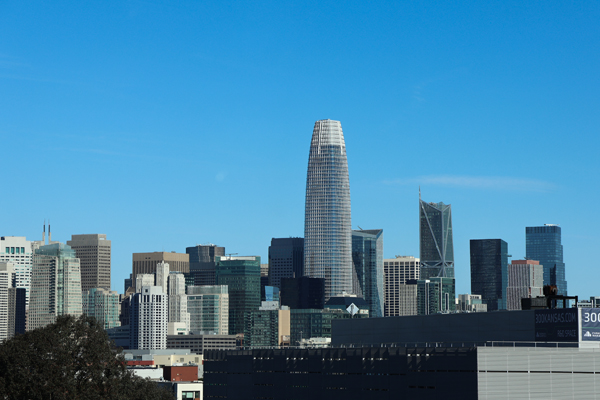Series “CES 2025 and US ICT Trends” 6

When we turn our attention from Las Vegas, where CES is held, to Silicon Valley on the west coast, we can see that AI will continue to evolve in the future.
For example, Waymo. Waymo is an autonomous taxi that started in 2024. Waymo is a common sight in the Silicon Valley area, including San Francisco. It is said that there are currently about 250 Waymo vehicles on the road.
Waymo was founded in 2009. It is a venture company that gradually improved its level and came to prominence.
In Japan, there is a strong image that Silicon Valley companies appear like shooting stars and dominate the market, but in fact, many successful companies have experienced a considerable period of hard work. The reality is that they take a long time to climb the ladder of success, step by step, through various trial and error and failures. Waymo is one of those companies, and has been working steadily for over 10 years to reach the present.
Incidentally, the company did not originally aim to develop self-driving taxis. It had aimed to sell self-driving systems, and envisioned automating logistics from one end of the American continent to the other. It has not abandoned that idea, but the truth is that it is focusing on Waymo, as the market’s interest is now in self-driving taxis.
Some say that AI is less perfect than humans, but that is not necessarily the case. In self-driving, AI repeats the process of cognition, judgment, and operation.
If the AI makes a mistake in its initial judgment in this process and does not correct it, an accident will occur. However, the AI in self-driving recognizes, judges, and operates the results of its cognition, judgment, and operation, and then judges and operates them. So even if it makes a mistake in judgment for a moment, it can correct it in the next judgment.
Humans also have near misses, but they instantly correct them and avoid accidents. AI does the same thing.
In Silicon Valley, the correct approach to using AI is to repeat the cycle of recognition, judgment, and operation, and it is said that businesses that apply AI will not work without this loop of recognition, judgment, and operation.
Inspired by Waymo, Silicon Valley companies are accelerating their research and development of AI.
One of these companies is Salesforce. Until now, AI has been a so-called co-pilot, that is, an assistant to humans, but Waymo completes the service from start to finish without any human intervention. This is what makes the company unique.
Salesforce positions this as an AI agent and is focusing on developing systems to support AI agents. This is the key point of the company’s “Agentforce,” an AI assistant that acts autonomously and supports users.
Not only Salesforce, but Silicon Valley companies are aiming for a world where it is commonplace to not need humans to provide services. The trend in AI is moving from human-centered to complete automation.
Silicon Valley companies are devoting their efforts to developing the architecture that will enable them to provide services without human intervention, and to remove humans from services.
Beyond this lies AGI (AI general purpose) and robotics as the hands and feet that will concretely operate AI.
(Kei KItajima)
※Translating Japanese articles into English with AI
